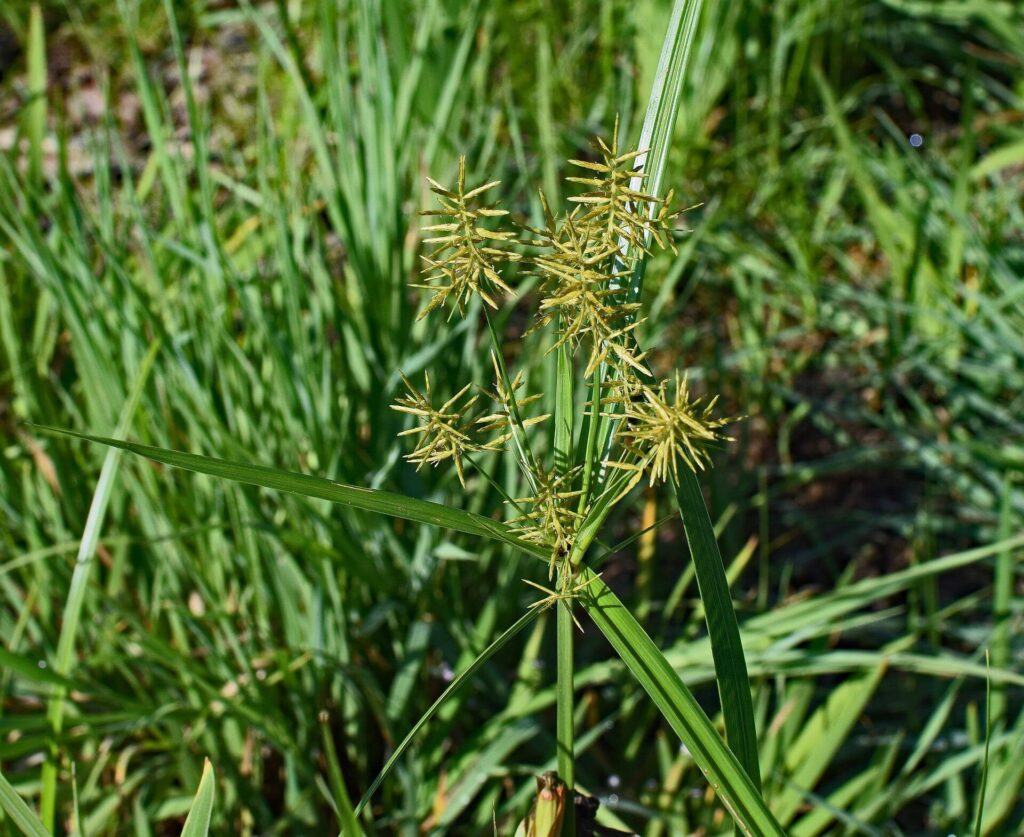Many people enjoy a velvety green lawn and dislike invading weeds. There are weedy bullies that resemble grass that muscle their way into the lawn and can cause problems.
Crabgrass
Probably the most common grass-like weed in the U.S. is the annual crabgrass. It grows in crablike clusters and does best in full sun. It robs the nutrients from the good grass in your lawn and can be very difficult to eliminate. Over time, it will crowd out the turfgrass. It is often overlooked because it looks like grass. Mowing it only scatters the seeds, making matters worse!
Quackgrass
Quackgrass is a cold hardy perennial that returns year after year. It spreads by roots and by seed. The roots can grow six feet beneath the surface! It is an invasive weed and over time can crowd out grasses in your lawn. If left uncut, Quackgrass can grow up to three feet tall. While grass grows as a single blade, Quackgrass grows finger like projections that hook around the stems of the plant.
Advertisement - Story continues below
Request advertising info. View All.
Nutsedge
Nutsedge looks so much like the grass in your lawn is frequently overlooked. It is very difficult to remove because it grows in large colonies and the roots can grow over 4 feet into the ground! The perennial weed is not dangerous or poisonous but over time will take over the lawn, chocking out the turf. Regular grass blades are somewhat rounded while Nutsedge leaves are ‘V’ shaped similar to a triangle.
Goosegrass
Goosegrass is very similar to Crabgrass in the way it looks and grows. It likes to grow in impacted soil like a pathway and is often seen in golf courses.
Nimblewill
Nimblewill is a very aggressive warm weather fine textured grass with thin blades. It does very well in shady areas. It is a perennial that dies back in cold weather, leaving large brown spots in your lawn.
Wild Onion and Garlic
I regularly see these plants as I go on my daily walks. They pop up in the spring and blend in with other grass. You can tell immediately if it is garlic or onion by breaking a blade and smelling the pungent odor. They grow from tiny bulbs that are difficult to get rid of. Wild Onions and Garlic are edible, but there are many who would not want to have them in their lawn.
There are chemical means to eliminate these plants from your lawn. A safer way would be to pull them up or dig them up before they go to seed. Personally, it is not a high priority of mine to have a perfect green lawn. Chemicals may be dangerous and often are washed out to rivers and into groundwater. I don’t mind a little Crabgrass or wild Garlic lurking in my yard!
Image by Jan Haerer
